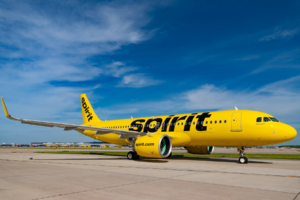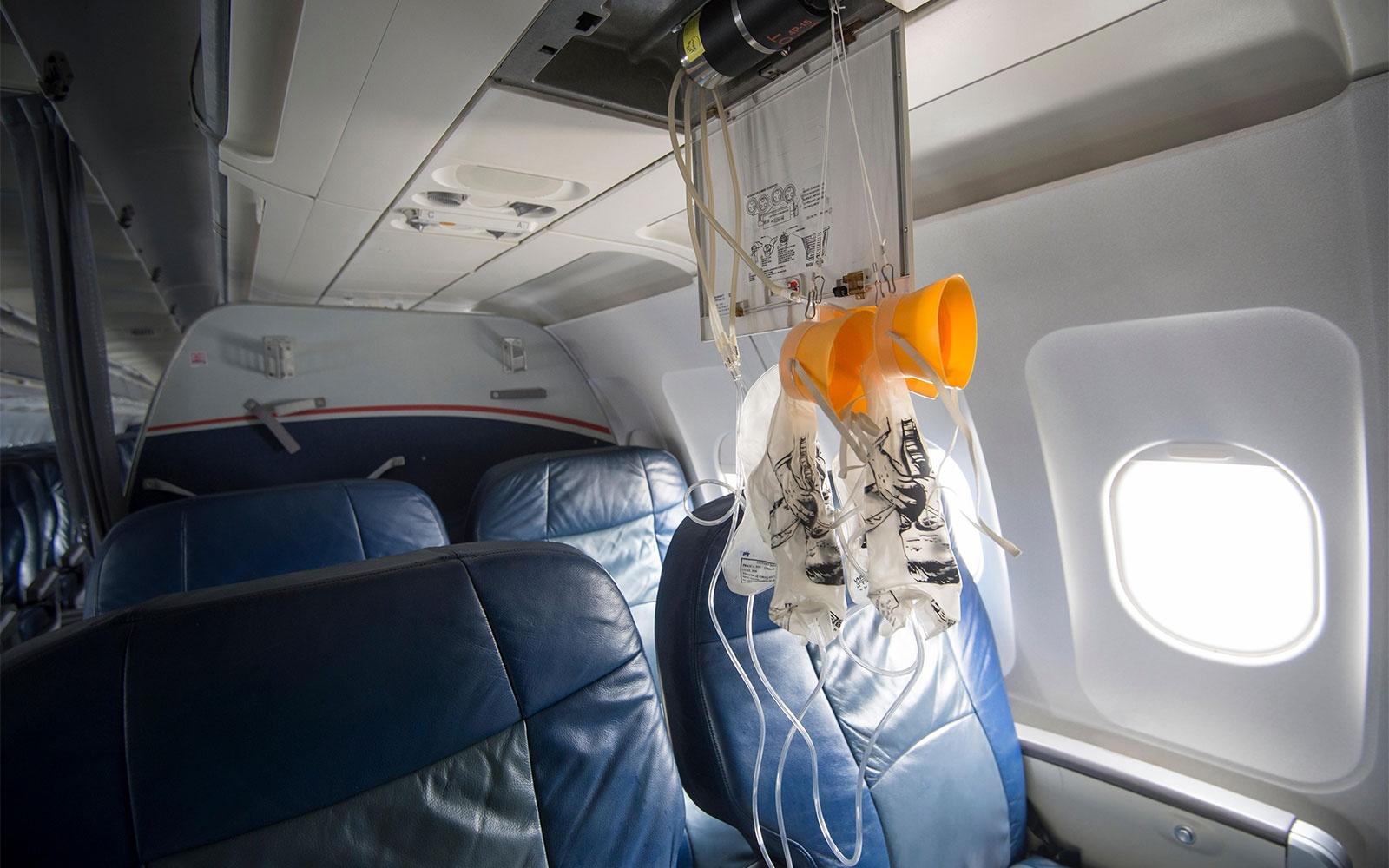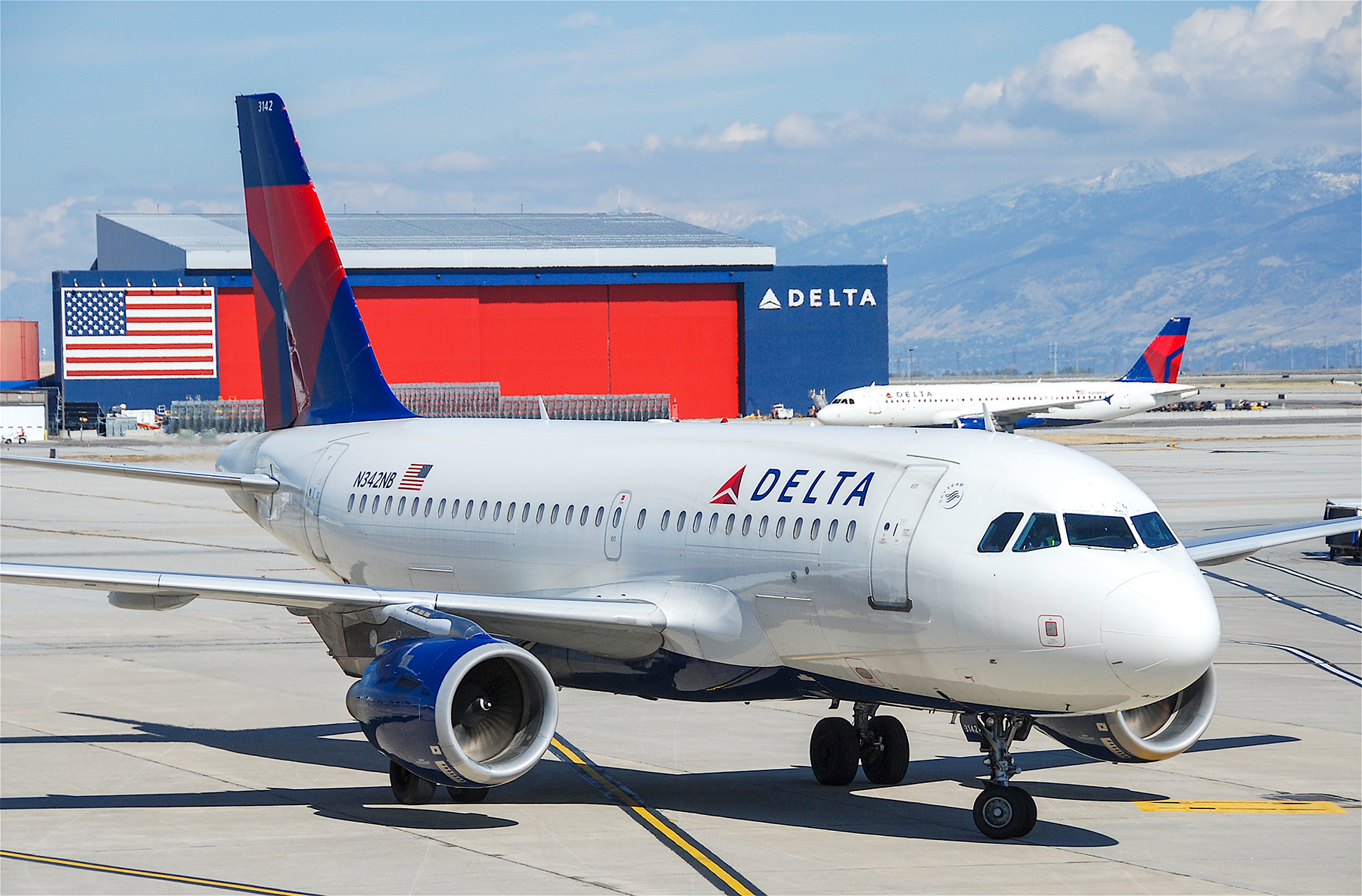Why Does a Plane Lose Cabin Pressure?

So what really happens when cabin pressure changes on a plane – and what causes it?
Remember, if the cabin pressure in your plane suddenly changes, put on your oxygen mask before helping others. But what is sudden cabin pressure loss, and why does it mean we need help breathing?
According to The Telegraph, “Aircraft cabins are pressurised using cooled and filtered air bled from the engines, keeping the air pressure inside the cabin at the equivalent of an altitude of 8,000 ft – even though commercial aircraft often fly at 40,000 ft.”
Changes in cabin pressure can result from a large number of reasons, including a collision, technical problems with the pressurization system, incorrect door closure and cracked windows. If the pressure inside the cabin changes, flyers hope that it’s a gradual change caused by a slow air leak, which would allow the pilot to use emergency descent tactics to get the plane to a safe altitude. If it’s a sudden, drastic loss of cabin pressure, it’s even more serious. For example, if suddenly there was a hole in the side of the plane, oxygen masks may come down, but passengers only have about 18 seconds before hypoxia (oxygen starvation) sets in and they fall unconscious — or even get sucked out of the plane.
Loss of cabin pressure is no joking matter — in 2005, a jet lost cabin pressure and slammed into a mountain in Greece, killing everyone on board. From The Telegraph, “In 2005, a Helios Airways aeroplane en route from Cyprus to Athens crashed into a mountain after a loss of cabin pressure, killing all 115 passengers and six crew on board. The official investigation into the incident found that the pressurisation system had been left in manual gear, causing cabin pressure to drop and the pilots to fall unconscious as they suffered hypoxia. Oxygen supplies for passengers ran out after 15 minutes, and when the plane, running on autopilot, ran out of fuel, it crashed 33km from Athens airport.”
Crews are trained to listen for loud bangs signaling air inside the plane meeting air outside the plane, and also to recognize signs of hypoxia: headaches, nausea and unexplained euphoria.
[Photo: JG Photography / Alamy]
























It baffles me how an autopilot can be permitted to keep a plane at cruising altitude while a hypoxic atmosphere exists inside a plane. There are so many ways it could be engineered to automatically descend to a breathable altitude. Just connect the autopilot to a redundant pressure sensor system, if the pressure reading on any sensor drops too low and pilot override is not entered within a set time, descend the plane.
"Slow leaks when undetected (emphasis on undetected) are what are so very sinister. This leads to a gradual increase in cabin altitude, so if you’re at 30,000 feet and the pressure slips, you will gradually lose consciousness due to hypoxia, which would have obvious consequences." Yea, operative word being undetected. But the pilots have a gauge in the C/P that shows the cabin altitude so they can check it at any time and if the pressure hits 10,000 ft altitude they get a warning horn, so going from 8K to 10K may be undetected, but above that they'll know. Probably very rare to gave a slow loss of air pressure AND a system malfunction that doesn't detect it.
Riker: "You were right. Somebody blew out the hatch. They were all sucked out into space." Data: "Correction, sir, that's blown out." Riker: "Thank you, Data." Data: "A common mistake, sir."
Another thing to realize is that airplanes are by no means air tight. I mean we've all over-inflated a balloon and seen what happens: greater pressure on the inside and the balloon eventually pops, or shoving an empty soda can into a bucket of really cold ice water, and the pressure outside the can crushes it. So really, you don't want a "sudden" decompression, but you also don't want it to be "a slow gradual leak." Thankfully that's not that much of an issue today, with the sophistication of monitoring systems, so we hear about planes like the Emirates flight a few weeks ago that had a pressurization annuciation and the pilots began a controlled decent to a lower altitude (like 10,000 feet) and continued on safely. Because although explosive decompressions can be bad and people may be sucked out and killed (or the pilot gets sucked out while the air crew grabs him), they are recoverable. Slow leaks when undetected (emphasis on undetected) are what are so very sinister. This leads to a gradual increase in cabin altitude, so if you're at 30,000 feet and the pressure slips, you will gradually lose consciousness due to hypoxia, which would have obvious consequences.
The Greek airline accident referred to is Helios 522 and was not the result of sudden depressurization. Rather the aircraft did not pressurize properly, and the condition not recognized by the crew. The accident did not quite occur as suggested by the sentence 'a jet suddenly lost cabin pressure and slammed into a mountain in Greece.' The conditions and factors were far more complex. Even more so than what I have mentioned.